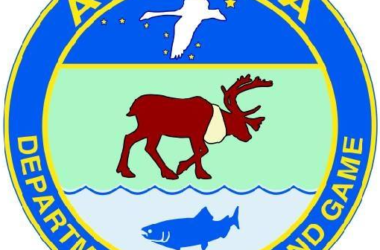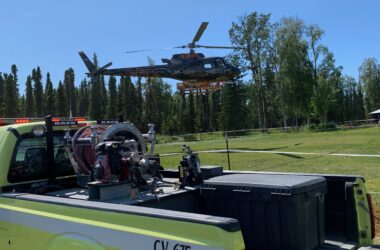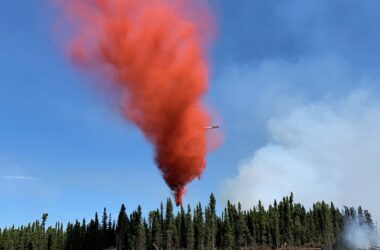The National Wildlife Health Center is calling for more research into the large number of common murres and other seabird deaths being seen on Alaskan coasts.
Homer Wildlife Biologist Leslie Slater with the Alaska Maritime National Wildlife Refuge says unusually high amounts of murres began washing up on beaches in 2015.
Slater: “The first reports I think began in mid-July or so, maybe even earlier, in the Cold Bay area. We even had one bird in the Sitka sound area back in early July. But it did seem to increase around in late-August or early September in the Kachemak Bay area and Kodiak, there seemed like there were quite a few birds being reported on all the local beaches. It continued at a pretty moderate level, then tapered off but re-surged again in about early to mid-November.”
Murre carcasses from dozens to thousands have continued to wash-up on beaches of the Alaska Panhandle to Anchor Point and Homer.
The National Wildlife Health Center is an arm of the U.S. Geological Survey and assesses the impact of disease on wildlife.
The federal agency posted a wildlife bulletin Friday about the deaths of common murres over the last 11 months, showing approximately 1,500 reported on the Kenai Peninsula.
Slater says the carcasses found on beaches of the Kenai Peninsula and statewide show signs of emaciation and the bulletin notes large groups of lethargic murres in Prince William Sound.
The National Wildlife Health Center says more research is needed to determine if the Pacific’s unprecedented warm temperatures are affecting seabird prey.








